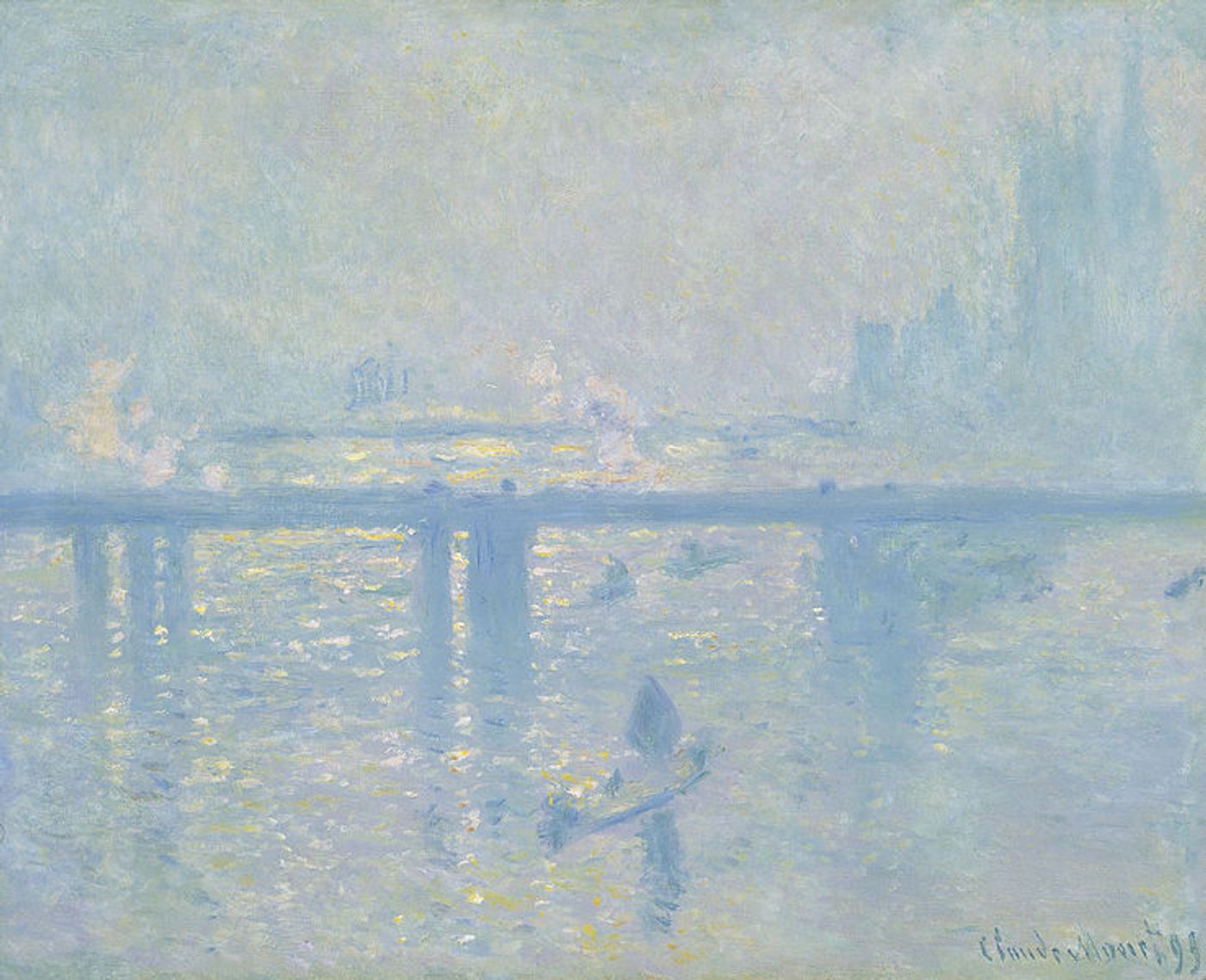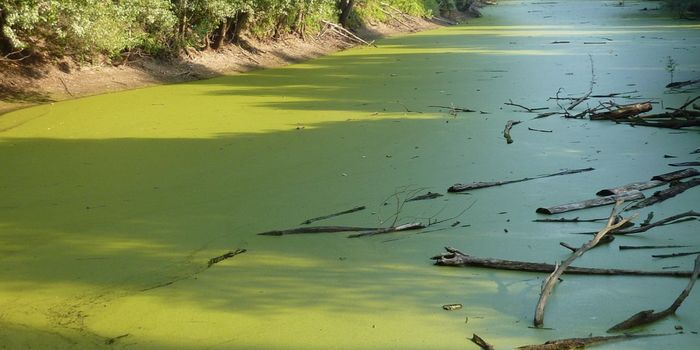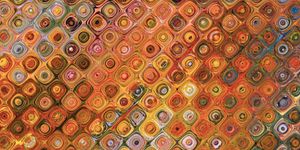Claude Monet's Art May Hold Clues About Trends in Air Pollution
At its core, climate change refers to long-term shifts in temperatures and weather patterns. Many times, the shifts are natural but more recently, human activities have been the main proponent of climate change. Most of what we know about climate change comes, of course, from climate scientists who study and track weather patterns. But, new analysis suggests that art may also lead to clues about shifts in climate.
In a new study—jointly authored by Anna Lea Albright from Sorbonne University in France and Peter Huybers from Harvard University—the authors find that 19th century landscape paintings may actually depict climate change by showcasing trends in air pollution.
Oscare-Claude Monet was a French painter and founder of the impressionist movement—a 19th century art movement which is characterized by relatively small, thin—but visible—brush strokes and an emphasis on accurate depictions of light in its changing qualities and the inclusion of movement. Monet was particularly known for his depictions of outdoor landscape paintings. One of his most notable paintings, Impression, Sunrise which he painted in 1872 (below) is where the term “impressionist” comes from.
Towards the beginning of his career, Monet painted cities and outdoor landscapes like On the Bank of the Seine, Bennecourt (1868) and Poppies (1873). However, once the effects from the Industrial Revolution (around 1760-1840) heated up, Monet’s paintings began to change, too.
The researchers studied Monet’s paintings and those of British painter Joseph Mallord William Turner since both of them predominantly featured skies in their work. Air pollution is most often caused by an increase in toxic microscopic particles which become suspended in the atmosphere. During the Industrial Revolution, these particle emissions typically came from coal plants. Soot tends to absorb and scatter sunlight, meaning that air pollution tends to dull colors and blur edges when looking out into the distance. In contemporary photographs, there is about 19% less contrast in a polluted skyline than a clear one.
This same analytical technique was used to study Monet’s and Turner’s work. The authors examined 38 of Monet’s paintings, all of which were completed between 1864 and 1901. They also studied 60 of Turner’s paintings that were completed between 1796 and 1850. The author’s found a progression from sharp to hazy contours, more saturated coloration, and impressionistic representation in the work of both artists.
In Monet’s work, the lower contrast matches the high emissions in London from the end of the 19th century. His earlier work showed an average of about 15 miles in visibility, while his later work showed about 3.5 miles. Monet’s paintings of Charing Cross Bridge in London (one of which is pictured below) are particularly hazy. While there is a chance that he painted on particularly cloudy days, details in his letters tend to align with weather reports suggesting low wind and rain leading researchers to blame air pollution for the haziness. Other explanations for the haziness—like weakening eyesight—work for some impressionist painters (like Degas), but not for Monet given what we know about his history.
As such, the authors conclude that their research supports the idea that impressionistic paintings are recording natural phenomena, which ultimately highlights the connection between art and the environment. After all, we know that art imitates life.
Sources: PNAS, Science Alert










